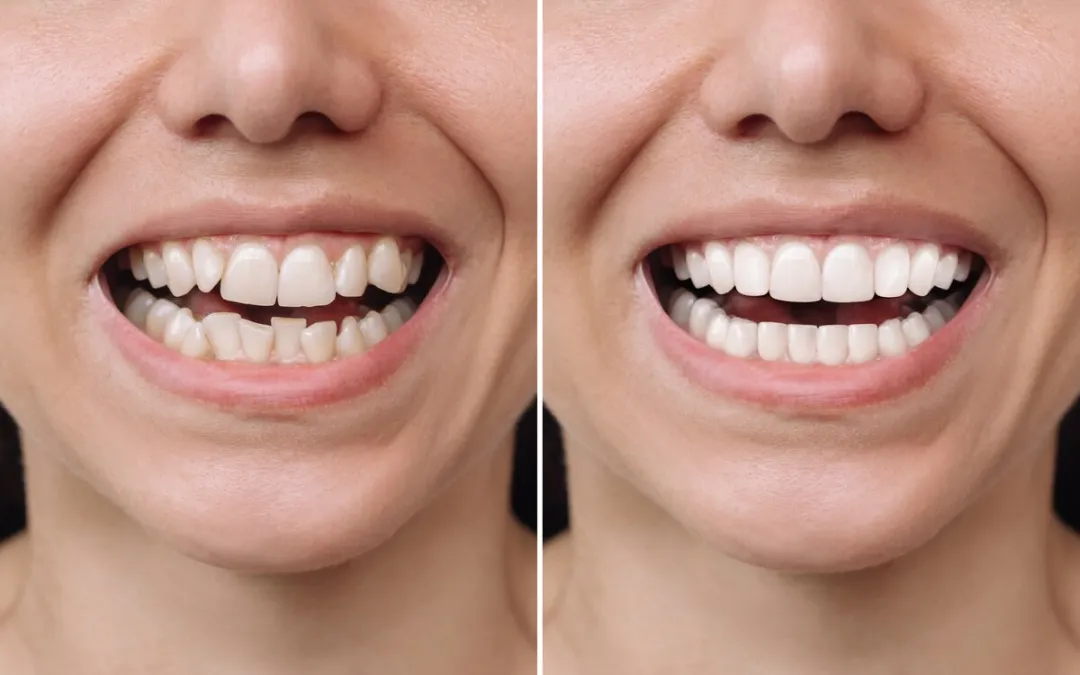Understanding Teeth Whitening
Teeth whitening is a popular cosmetic dental procedure aimed at lightening the color of your teeth and removing stains or discoloration. It’s a significant part of many people’s oral hygiene routines, helping to boost confidence and improve the overall appearance of a smile. The process works by using bleaching agents or abrasive substances to penetrate the enamel, the outer layer of the tooth, and break down stain molecules. Stains can accumulate from various sources like coffee, tea, red wine, and smoking. Understanding the basics of teeth whitening is crucial before exploring different methods such as using baking soda and hydrogen peroxide.
The Science Behind Teeth Whitening
The science behind teeth whitening revolves around the chemical reaction that occurs when bleaching agents come into contact with the stain molecules within the enamel. The main players are typically oxidizing agents. These agents, like hydrogen peroxide or carbamide peroxide, release oxygen molecules that penetrate the enamel and dentin. These oxygen molecules break down the stain molecules, making them less concentrated and, consequently, less visible. The effectiveness of these agents is influenced by their concentration, the duration of their contact with the teeth, and the initial state of the teeth (i.e., the type and severity of stains). This process is not only about aesthetics it’s about the chemical changes that can transform a smile.
How Teeth Whitening Works
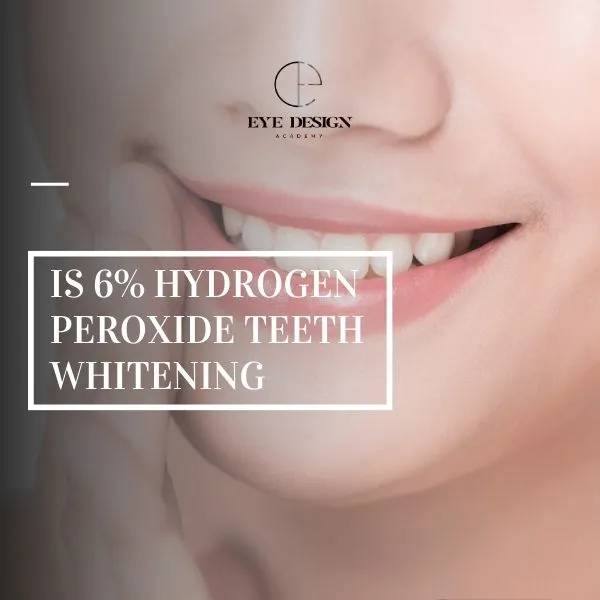
Teeth whitening methods generally work by employing chemical reactions to remove stains and lighten the color of teeth. The active ingredients in most whitening products, such as hydrogen peroxide, act as bleaching agents. When these substances come into contact with the tooth enamel, they break down stain molecules. This process is either achieved through professional treatments in a dentist’s office, which may use higher concentrations of bleaching agents or through home-based methods, including over-the-counter products like whitening strips or toothpastes. The duration and frequency of treatment depend on the method used and the severity of staining. The goal remains the same reduce the appearance of discoloration to achieve a brighter, more radiant smile.
Baking Soda for Teeth Whitening
Baking soda (sodium bicarbonate) has long been touted as a natural teeth-whitening agent. Its abrasive nature helps to scrub away surface stains. The use of baking soda in oral hygiene is widespread due to its availability and affordability. Many people incorporate it into their routine by mixing it with water to create a paste, which they then use to brush their teeth. The abrasive quality is effective in removing stains caused by food, drinks, and tobacco. It is important to note that baking soda is not a bleaching agent like hydrogen peroxide. Its whitening effect primarily comes from physical removal of surface stains.
How Baking Soda Whitens Teeth
Baking soda whitens teeth primarily through its mild abrasive action. As you brush with baking soda, the tiny particles gently scrub the surface of your teeth. This scrubbing action helps to remove stains and plaque that have accumulated. The abrasive quality of baking soda can dislodge surface stains from enamel, such as those caused by coffee, tea, and smoking. It also helps to disrupt the film that forms on teeth, known as the biofilm which often traps staining substances. While baking soda does not chemically change the color of your teeth, its mechanical action makes teeth appear brighter by removing the substances that cause discoloration.
Benefits of Using Baking Soda
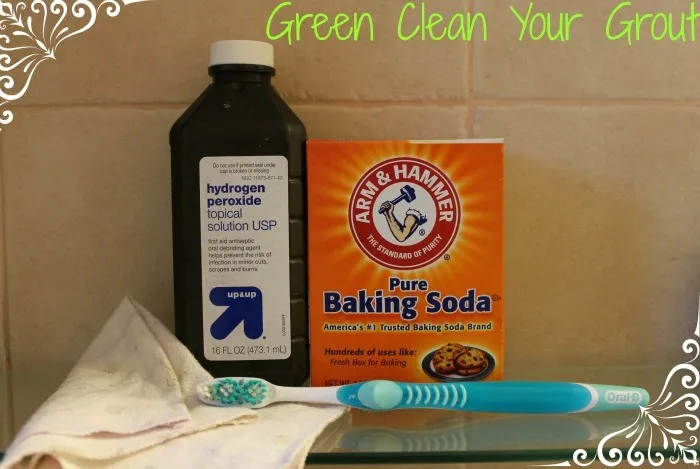
One of the main benefits of using baking soda is its accessibility and cost-effectiveness. It’s readily available at most grocery stores and is typically very affordable. Baking soda is also a mild abrasive, which can help remove surface stains and plaque. Many people appreciate that baking soda offers a natural alternative to commercial whitening products. Its ability to neutralize acids and maintain a balanced pH in the mouth can promote better oral health. Furthermore, the slight alkalinity of baking soda can help reduce the buildup of bacteria, contributing to fresher breath and potentially reducing the risk of tooth decay.
Drawbacks and Risks of Baking Soda
Despite its benefits, baking soda use also has some potential drawbacks and risks. The abrasive nature, while helpful for removing stains, can also erode the enamel over time, leading to increased tooth sensitivity and a higher risk of cavities. Prolonged or excessive use of baking soda can damage the enamel. The taste of baking soda can be unpleasant for some, and it doesn’t offer the same whitening power as products containing hydrogen peroxide. Additionally, baking soda does not contain fluoride, an essential mineral that strengthens teeth and protects against decay. Therefore, it’s important to use baking soda cautiously and consider its impact on your overall oral health.
Hydrogen Peroxide for Teeth Whitening
Hydrogen peroxide is a common and effective ingredient in many teeth-whitening products. It is a bleaching agent that works by releasing oxygen when it comes into contact with the teeth. This process helps to break down stain molecules within the enamel and dentin, leading to a brighter smile. Hydrogen peroxide is available in various concentrations, from low-percentage solutions used at home to higher concentrations used by dental professionals. The effectiveness of hydrogen peroxide depends on the concentration, application time, and the individual’s teeth. It is widely used in dentistry and in over-the-counter products to provide noticeable whitening results.
How Hydrogen Peroxide Whitens Teeth

Hydrogen peroxide whitens teeth through an oxidation process. When applied to the teeth, hydrogen peroxide molecules release oxygen. These oxygen molecules penetrate the enamel and dentin, breaking down the complex organic stain molecules that cause discoloration. As the stain molecules become smaller and less concentrated, the teeth appear whiter. The process works from the inside out, effectively lightening the overall color of the teeth. The speed and extent of the whitening depend on the concentration of hydrogen peroxide, the contact time, and the initial color and condition of the teeth. This method is a chemical process, changing the intrinsic color of the teeth rather than just removing surface stains.
Benefits of Hydrogen Peroxide
Hydrogen peroxide provides noticeable teeth-whitening results due to its bleaching action. It effectively breaks down both surface stains and deeper discoloration within the tooth enamel. Hydrogen peroxide is available in various concentrations allowing for flexibility in treatment options. Moreover, hydrogen peroxide has antimicrobial properties, which can help to reduce bacteria in the mouth and improve overall oral health. Professional treatments often use higher concentrations of hydrogen peroxide, delivering more significant and faster whitening effects. Over-the-counter products, such as whitening strips and gels, offer a convenient way to lighten teeth at home, using lower concentrations of hydrogen peroxide.
Drawbacks and Risks of Hydrogen Peroxide
Hydrogen peroxide use can lead to tooth sensitivity. The bleaching process can irritate the nerve endings within the teeth. Prolonged or excessive use of hydrogen peroxide can damage the enamel, increasing the risk of tooth decay. Some individuals may experience gum irritation or inflammation if the hydrogen peroxide comes into contact with the gums. Products containing hydrogen peroxide should be used cautiously and according to the manufacturer’s instructions. It’s important to consult a dentist before starting any teeth-whitening treatment to ensure it is suitable for your specific oral health condition. Overuse can lead to more significant sensitivity issues.
Baking Soda vs. Hydrogen Peroxide A Comparison
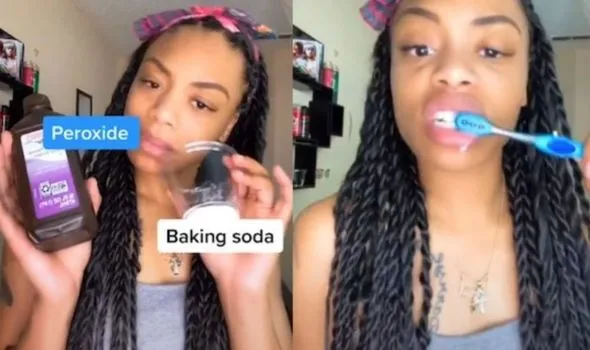
When comparing baking soda and hydrogen peroxide for teeth whitening, the fundamental difference lies in their mechanisms. Baking soda works as a mild abrasive, primarily removing surface stains, while hydrogen peroxide acts as a bleaching agent, altering the color of the tooth enamel. Hydrogen peroxide typically provides more noticeable whitening results because it penetrates deeper and addresses intrinsic stains. Baking soda is generally safer for use, but less effective than hydrogen peroxide. Hydrogen peroxide can cause sensitivity and carries the risk of enamel erosion if misused, despite being more potent. The choice between these two methods depends on the desired results, your oral health condition, and personal preferences, with professional guidance highly recommended.
Effectiveness Comparison
In terms of effectiveness, hydrogen peroxide is generally more powerful than baking soda for teeth whitening. Hydrogen peroxide can change the inherent color of the tooth enamel by breaking down stain molecules. Baking soda primarily removes surface stains due to its abrasive properties. Hydrogen peroxide has a much greater impact on the overall shade of the teeth. The whitening results from hydrogen peroxide are more significant, and they are often achieved faster than with baking soda. The effectiveness is also dependent on the initial condition of the teeth, the type of stains, and the frequency of use. If more dramatic and faster results are desired, hydrogen peroxide-based treatments tend to be the preferred choice.
Safety Comparison
When evaluating safety, baking soda is generally considered less risky than hydrogen peroxide, especially when used in moderation. Baking soda’s mild abrasive nature poses a lower risk of enamel erosion compared to the potential for damage from higher concentrations of hydrogen peroxide. Hydrogen peroxide, especially at higher concentrations, can lead to increased tooth sensitivity and gum irritation. The risk of overuse and misuse is also a factor. It is advisable to use hydrogen peroxide products cautiously and follow the instructions carefully. Both methods carry potential risks, but the overall safety profile tends to favor baking soda in terms of abrasiveness, provided it is not overused.
Cost Comparison
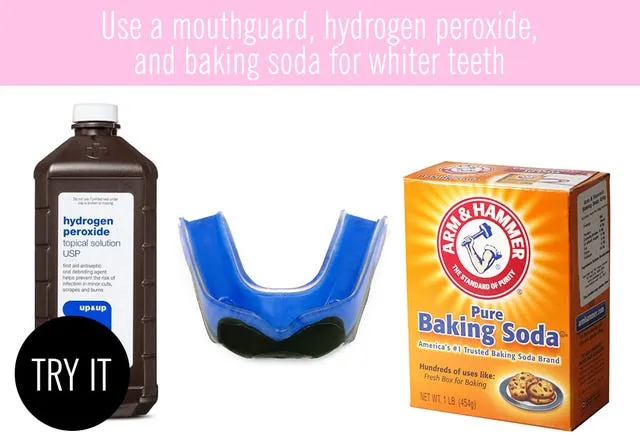
In terms of cost, baking soda is by far the more affordable option. Baking soda is inexpensive and widely available, making it a budget-friendly choice for teeth whitening. Hydrogen peroxide-based products, such as whitening strips, gels, and professional treatments, can be more expensive. The cost varies depending on the concentration of the product, the brand, and the treatment method. Professional teeth-whitening treatments are generally the most expensive option. The financial aspect is an important consideration for many individuals, with baking soda offering a cost-effective alternative, even if its whitening results are less dramatic. The price difference reflects the intensity of the treatments and the materials involved.
Application Methods
Application methods vary for baking soda and hydrogen peroxide. Baking soda is typically mixed with water to form a paste, which is then brushed onto the teeth. Hydrogen peroxide is available in various forms, including mouthwashes, gels, and whitening strips. Whitening strips are directly applied to the teeth, while gels may be used with custom trays. Mouthwashes containing hydrogen peroxide are used similarly to regular mouthwash, but the duration of use should be followed by the product instructions. Professional treatments involve the application of higher-concentration hydrogen peroxide solutions, often activated with a special light to enhance the whitening effect. It’s essential to follow instructions carefully, regardless of the method to avoid potential adverse effects.
How to Use Baking Soda for Whitening
To use baking soda for teeth whitening, mix a small amount (about a teaspoon) of baking soda with enough water to form a paste. Apply this paste to your toothbrush and gently brush your teeth for about two minutes. Rinse your mouth thoroughly with water after brushing. It is important to avoid brushing too aggressively, which could damage the enamel. Many dentists recommend using baking soda no more than once or twice a week to minimize potential risks. Avoid swallowing the paste. Regular toothpaste can be used on other days to maintain oral hygiene. Consistency and proper technique are essential when incorporating baking soda into your dental routine.
How to Use Hydrogen Peroxide for Whitening
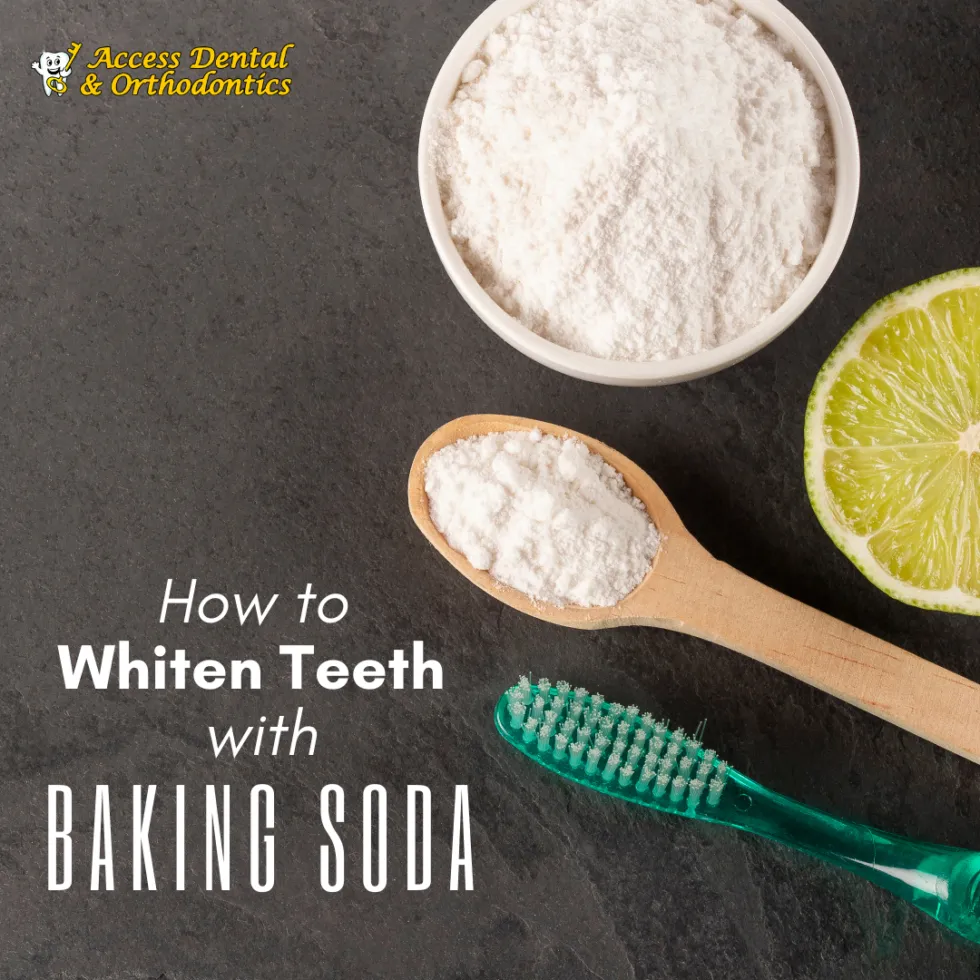
Hydrogen peroxide can be used for teeth whitening in several ways. One common method is to use a hydrogen peroxide mouthwash, swishing it around the mouth for a designated time, as per product instructions. For whitening strips and gels, carefully follow the manufacturer’s instructions. These often involve applying the product to the teeth for a specified duration. The concentration of hydrogen peroxide varies depending on the product type. Be cautious when using products containing hydrogen peroxide. Any discomfort, such as increased sensitivity or gum irritation, should prompt you to discontinue use and consult a dentist. Compliance with the instructions is crucial to achieving effective and safe results.
Best Practices and Considerations
When using any teeth-whitening method, several best practices and considerations should be followed. Consult a dentist before starting any treatment. This is especially important if you have sensitive teeth, existing dental work, or other oral health concerns. Always read and follow the product instructions carefully, regardless of the method. Avoid excessive use of abrasive substances like baking soda to protect your enamel. Limit consumption of staining foods and drinks, such as coffee, tea, and red wine. Maintaining good oral hygiene practices, including regular brushing, flossing, and dental check-ups, is vital. If sensitivity or irritation occurs, stop the treatment and seek professional advice. Being informed and cautious will help to ensure a safe and effective teeth-whitening experience.
Professional Alternatives for Teeth Whitening
If you seek more dramatic and long-lasting results, professional teeth-whitening treatments offered by dentists are the best option. These treatments often use higher concentrations of hydrogen peroxide. They may be combined with special lights or lasers to enhance the whitening effect. Professional treatments are typically safer because they are administered by trained professionals who can monitor your teeth and gums for any adverse reactions. Your dentist can also provide custom-fitted trays for home-based whitening. They are well-versed with treatments and able to deal with issues. Other professional alternatives include veneers and dental bonding, which can address severe discoloration and aesthetic issues. Regular dental check-ups are essential to maintain the health and appearance of your smile.
